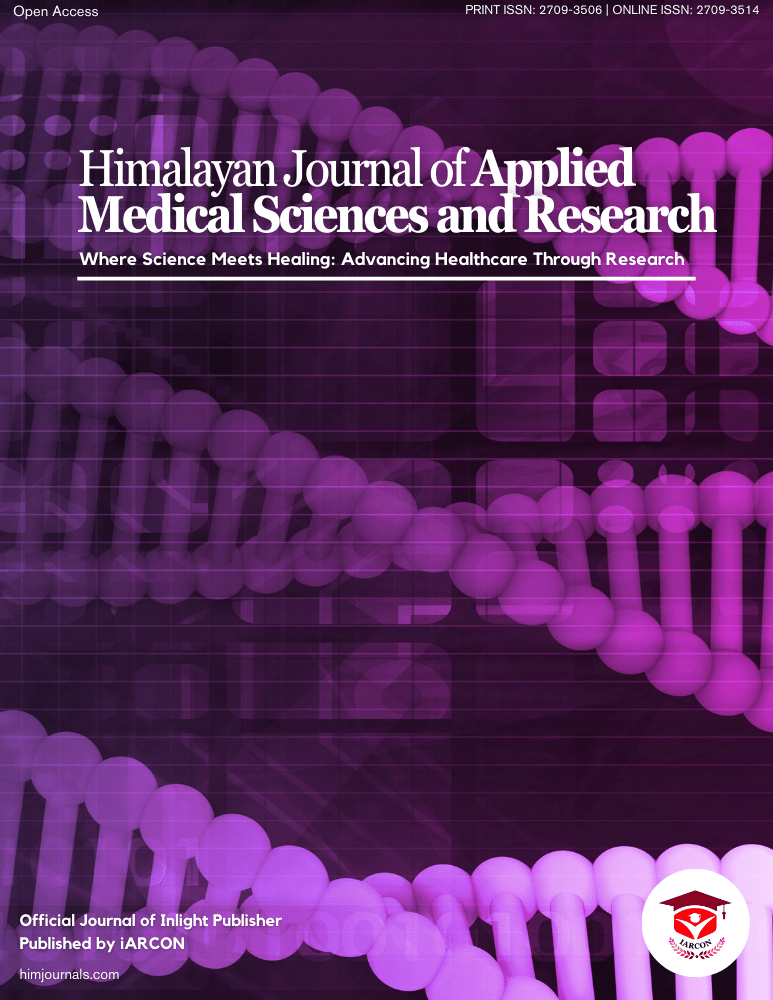Substance abuse in various forms has always been culturally and socially acceptable particularly among adult in Himachal Pradesh. Angoori (a local grape wine from Kinnaur region), moori (local apple wine from upper region of Shimla Kullu Kinnaur), Aara (famous local drink from Lahual and spiti), Chhang and lugdi are some of the different forms of alcohol beverages that are freely brewed, distributed and consumed at home without any restriction. Tobacco uses in different forms (bidi, hukkah, chilam) has been used for ages by the people of Himachal [1].
Tobacco smoking is the biggest public health threat of the current era. Worldwide, smoking‑related diseases kill an estimated 4 million people every year. This number is predicted to rise to a staggering 10 million a year over the next two decades. There is an overwhelming body of evidence of increased cancer risk in cigarette smokers [2].
According to the WHO, there are three million deaths yearly annually due to alcohol consumption, which constitutes around 5.3% of total deaths globally and 5.1% of the global burden of disability-adjusted life years (DALYs) due to alcohol consumption. The consumption of alcohol leads to various digestive or cardiovascular diseases, including cancer [3].
Legislative efforts to control substance abuse don’t look very promising either, as we can see people smoking publically, wine shops selling alcohol to minors, smokeless tobacco products being sold even after ban. Most of the bars in Shimla city allow minors to drink and smoke keeping their monetary benefits above the law [4,5].
Though not much scientific data on this problem is available still some studies has reported high level of alcohol and tobacco use among adolescent and youth in Shimla City [2,6,7].
A number of studies have done in different parts of the India to see the pattern of Smoking and Alcohol consumption; such studies are limited in hilly areas of District Shimla. Thus, the present study was developed to evaluate the pattern of Smoking and Alcohol consumption among adult population of District Shimla.
Objectives of the Study
To evaluate the pattern of Smoking and Alcohol consumption among adult population of District Shimla.


